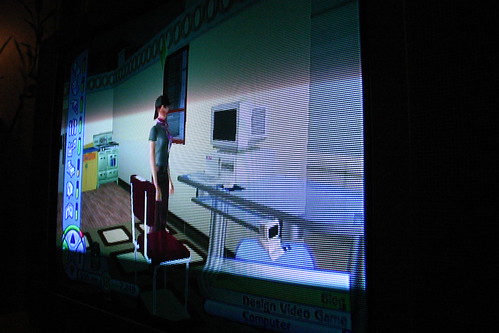First off, if you’re still trying to figure out what blogging is, go here. This post was inspired by one of my readers, Erick.
Why should anyone in his/her right mind want to blog? There’s no simple answer to this. I suppose any answer to this question will fall into one of these broad reasons:
- One blogs so as to share ones knowledge, thoughts and opinions.
- One blogs to make money.
So why do I blog?
I suppose I could go on and on, playing with words trying to rationalize my addiction to blogging. As they tell all addict s, the first step is always to admit you are addicted. So the simple answer is that I blog because I am addicted. But why did I start? Why am I addicted? The answer is a bit selfish. I love to read and I read a lot, probably more than is normal. When I read, I get an obsessive compulsive (haha) urge to share my newfound knowledge and insights. The easiest way to do that, is to blog. I also secretly hope to make some money off blogging, but I acknowledge that I am not that experienced. In fact, that’s another reason why I blog : to gain experience on all things internet, so that I can come back in a few years, snap my fingers and earn millions online. 😉 Above all, I love having people read what I write.
s, the first step is always to admit you are addicted. So the simple answer is that I blog because I am addicted. But why did I start? Why am I addicted? The answer is a bit selfish. I love to read and I read a lot, probably more than is normal. When I read, I get an obsessive compulsive (haha) urge to share my newfound knowledge and insights. The easiest way to do that, is to blog. I also secretly hope to make some money off blogging, but I acknowledge that I am not that experienced. In fact, that’s another reason why I blog : to gain experience on all things internet, so that I can come back in a few years, snap my fingers and earn millions online. 😉 Above all, I love having people read what I write.
Okay, Why does the rest of the World Blog?
The Journal has this to say: Technology is allowing anyone with a computer, the ability to type, and an Internet connection to become a published author—of sorts. Web logs, or “blogs,” are the latest way that students, businesses, and many others are publishing their musings. Read more of this.
Webmasterview: Blogging’s something for anyone and everyone. I can’t think of anyone who can’t benefit from knowing more people, never forgetting a thought again and improving on their thoughts with little or no effort. Read more….
David Weinberger: As a writer, thanks to blogs I’m more intellectually stimulated than I’ve ever been in my life. I can’t get to sleep because I have ideas I want to respond to or that I want to instigate. I bolt out of bed in the morning to get in a little more time thinking out loud and thinking together. The water’s boiling with our ideas.
More:
35 Bloggers tell you why they Blog.
I Cite.
What about You?
Why do YOU blog?
Why don’t YOU blog?
Leave a comment and tell us why, I’ll pay you. 🙂
The photo above, ‘Even the Sims Blog’, was originally uploaded by nickf to flickr.